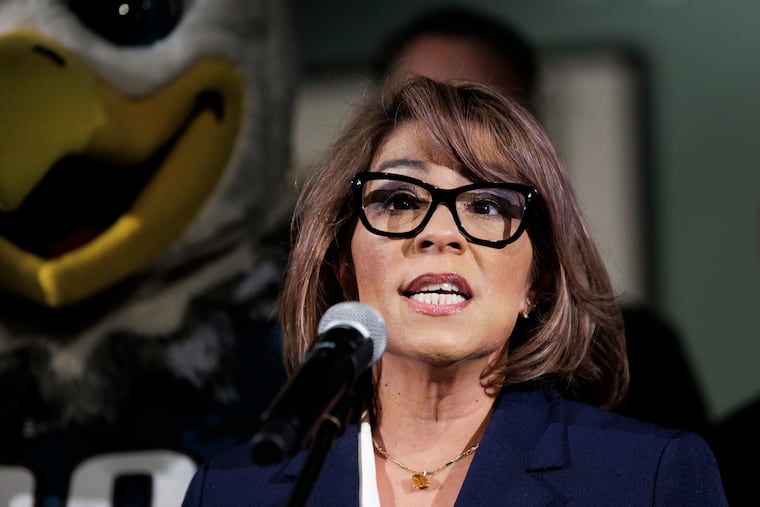New York City requires immediate reforms for housing ballot measures.
In the upcoming fall elections, New Yorkers will have the opportunity to vote on four key housing-related ballot measures designed to address significant obstacles contributing to the city’s ongoing housing crisis. These proposals, developed by the Charter Revision Commission, aim to expedite the construction of affordable housing and streamline the approval process to ensure that such initiatives are not limited to specific neighborhoods.
The foremost proposal, known as Question 2, seeks to establish a fast track for city-sponsored affordable housing projects. By allowing these projects, which often require rezonings, to bypass the standard Uniform Land Use Review Procedure (ULURP) and go directly to the Board of Standards and Appeals, the measure aims to significantly reduce the time associated with project approvals. Currently, the ULURP demands extensive reviews that can span years, delaying the much-needed delivery of housing.
This urgency is underscored by the fact that between 2014 and 2024, nearly 20,000 units of affordable housing navigated the ULURP process, many facing substantial delays. As rents surged and construction costs soared during this timeframe, countless New Yorkers were left stranded without affordable housing options. Question 2 targets this cycle of inefficiency by instituting clearer timelines and minimizing political bottlenecks, thus facilitating timely access to housing.
Furthermore, the measures propose to address significant inequities in housing distribution across neighborhoods. Over the past eleven years, discrepancies in housing production have become glaringly evident, with certain Council districts delivering thousands of units while others contributed a mere fraction. Specifically, ten districts have been responsible for more than half of the city’s affordable housing units, leaving many communities underserved. Question 2 aims to redistribute housing efforts fairly, ensuring that all neighborhoods contribute to the citywide housing demand.
Question 4 introduces additional checks by establishing an Affordable Housing Appeals Board comprised of city officials, allowing for the reversal of local Council decisions that obstruct or compromise affordable housing developments. This proposal intends to ensure local governance does not hinder the urgent requirement for accessible housing.
Moreover, Question 3 seeks to expedite approval processes for smaller-scale housing and infrastructure initiatives, while Question 5 calls for modernizing the city’s planning methods through a comprehensive digital mapping system. Together, these reforms are designed to create a more efficient and just framework for housing approvals, addressing the pressing demand for affordable housing.
Importantly, while these reforms propose significant enhancements to the current housing approval process, they do not dismantle existing frameworks. Large neighborhood rezonings and most market-rate developments will continue to operate under the established protocols, preserving the role of local Council members in community discussions.
As New York confronts historically low rental vacancy rates, the time is ripe for transformative changes to its housing approval process. By voting in favor of Questions 2, 3, 4, and 5, residents can support vital reforms aimed at alleviating the city’s housing crisis and contribute to a future where affordable housing is accessible across all neighborhoods.
For more comprehensive governance on housing, New Yorkers are urged to choose progress and equitable solutions over bureaucratic delays as they head to the polls.







